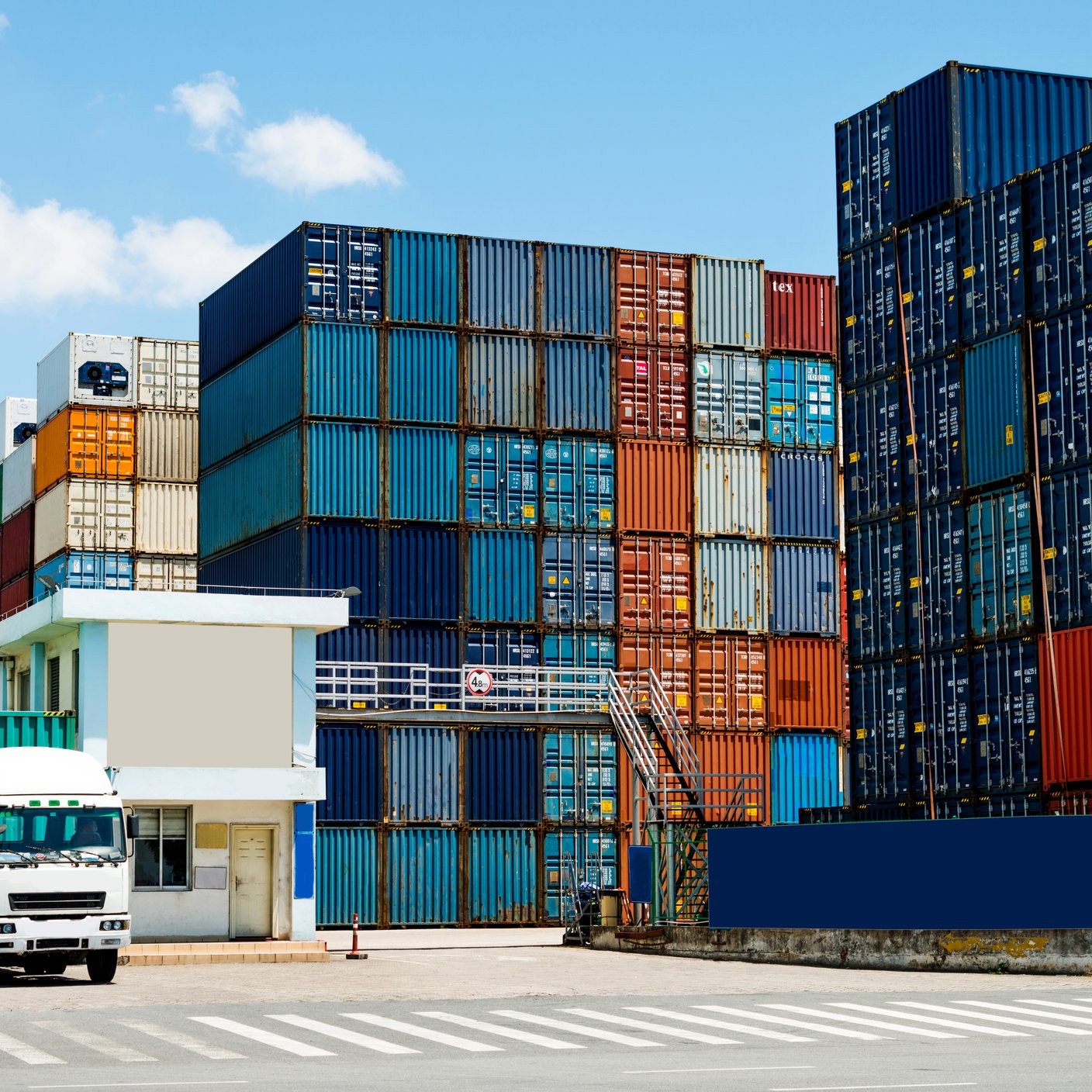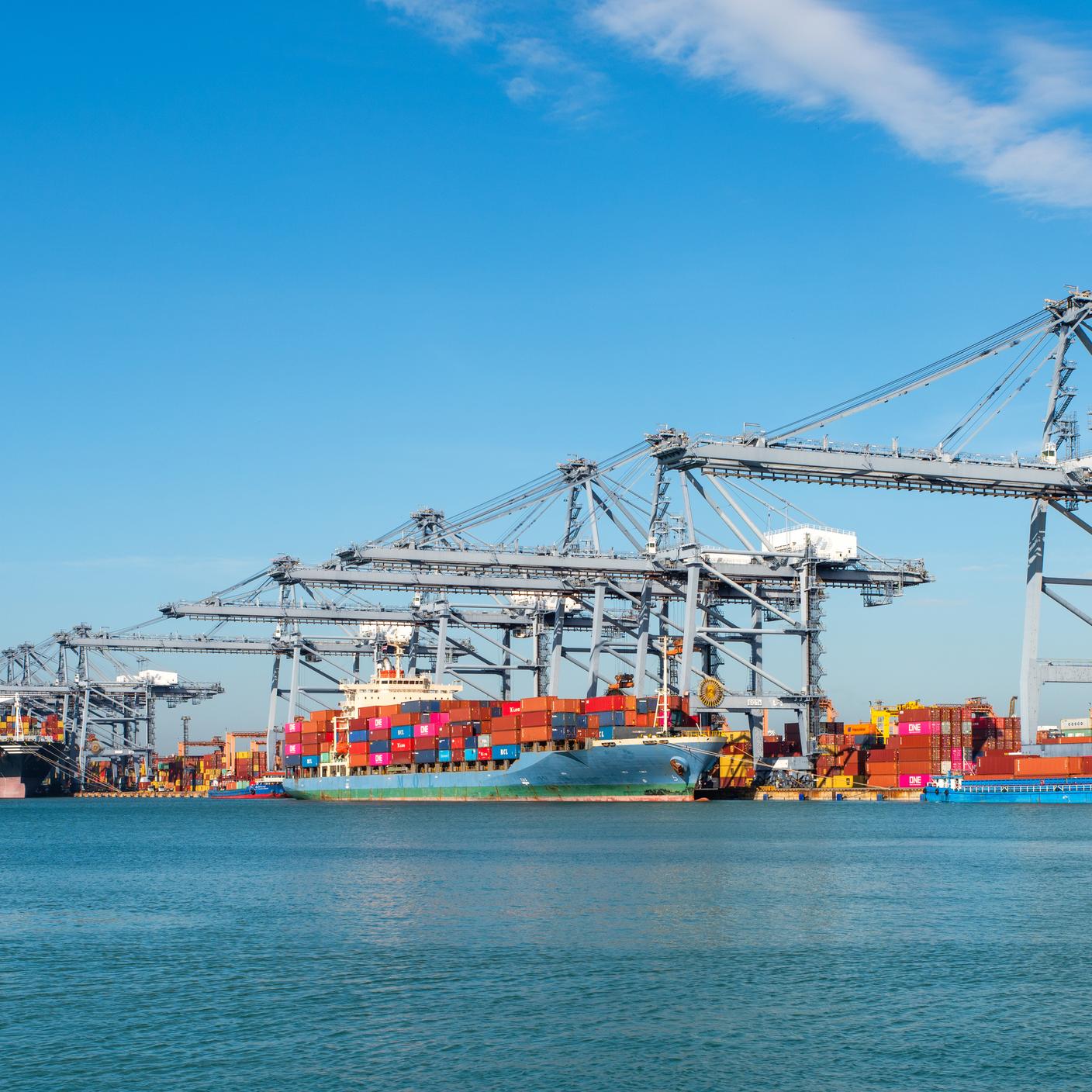Flooding, often insidious in its onset, is far more than just rising water. 1.81 billion people—23 percent of the world's population live in flood-risk areas. Even more alarming, 89 percent of these vulnerable individuals reside in low and middle-income countries, with four out of every ten living in poverty. These sobering statistics underscore a global crisis that threatens to unravel years of development progress.
Floods can contribute to cross-contamination of sewage and potable water systems, disrupt power sources, and make transportation corridors unsafe. Preparing your organization for the risk of floods is crucial to ensuring the safety and continuity for your organization.
Here are some steps you can take:
Educate your team
Preparedness discussions:
- Hold preparedness discussions with employees, ensuring management buy-in by highlighting the benefits and efficiency of these sessions.
- Choose appropriate formats for these meetings: All-hazards discussions, preparedness minutes, or easy-to-read ‘did you know?’ snippets.
- Topics can include flood risks, evacuation plans, and safety measures.
Site identification:
- Ensure your organization has another site identified to reconstitute operations should the primary location become compromised by flooding.
- Ensure your organization identifies reunification locations for employees and families, if the need arises.
Familiarize everyone with flood advisory, watches, and warnings issued by the weather service, local news, or weather authority.
Know your area
- Understand flood risks specific to your location.
- Identify higher ground and evacuation routes.
- Review flooding preparedness strategies at ready.gov.
- Review your insurance policies: Do you have flood insurance?
- Does your policy cover flooding whether from torrential rain events or other natural causes?
Create an emergency kit
- Assemble essential supplies, including water (at least a three-day supply), non-perishable food, flashlight, batteries, first-aid kits, medications, and personal hygiene items.
- Keep copies of important documents (medication lists, insurance policies, etc.).
Having a conversation about the risks to your organization and what steps can be taken to ensure your organization’s safety and sustainability in periods of uncertainty will ultimately increase awareness, foster open dialogue, and increase overall resilience.
Visit BSI’s Experts Corner for more insights from our industry experts. Subscribe to our Experts Corner-2-Go LinkedIn newsletters for a roundup of the latest thought leadership content: Digital trust, EHS, and supply chain.








